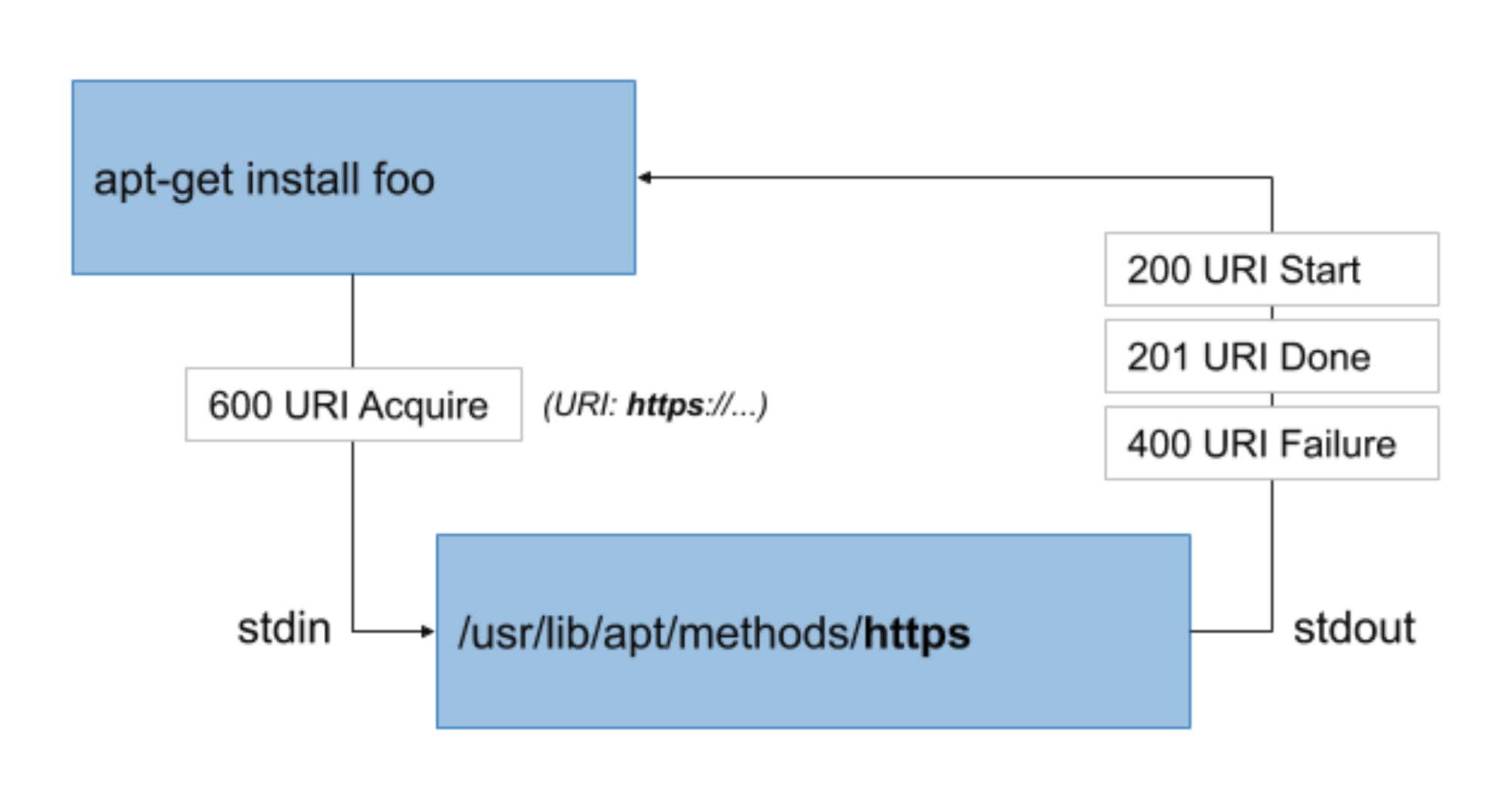0
Meet the expanded VMware NSX Product Family
Last year, we expanded the VMware NSX family of products to include NSX Data Center, NSX Cloud, AppDefense, VMware SD-WAN by Velocloud, NSX Hybrid Connect and NSX Service Mesh. This year, AVI Networks has joined our family.
With the combined portfolio, we’re delivering on the Virtual Cloud Network vision of connecting, automating and protecting applications and data, regardless of where they are— from the data center, to the cloud and the edge. NSX delivers the full L2-7 services, enabling the public cloud experience for on-premises environments.
Join us at VMworld US 2019
We will have an exciting line-up for VMworld US 2019. Our engineers, technologists and customers will be speaking on 80+ topics throughout the conference spanning beginner to advanced levels throughout the conference. Some session topics include:
- Multi-cloud Networking
- Container Networking
- Multi-site Networking
- Network Automation
- Service Mesh
Cloud Networking Sessions at VMworld
In this post, we will focus on our cloud networking sessions and showcase keynotes. Use this handy guide to begin planning your exciting week and bookmark the sessions you want to attend.
If you’re interested in security focused sessions, read the blog Continue reading



